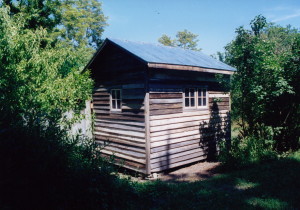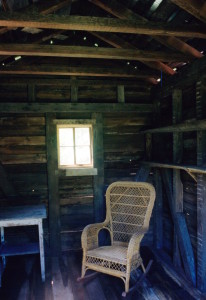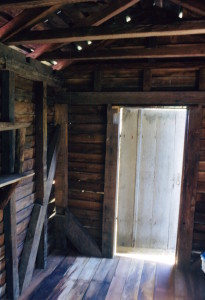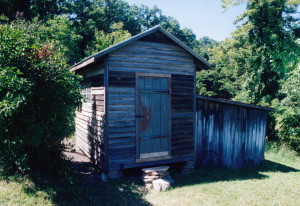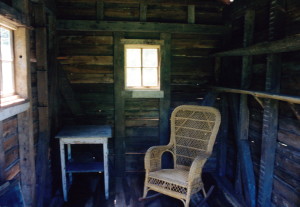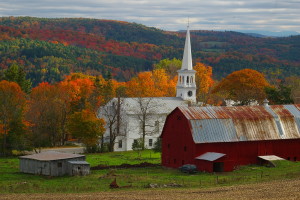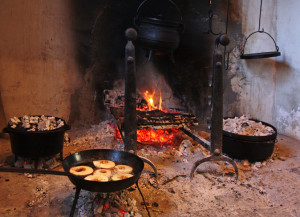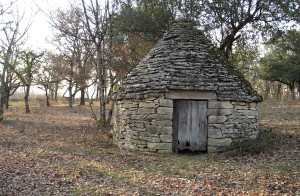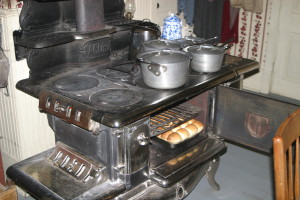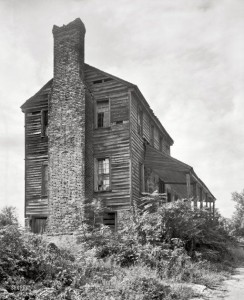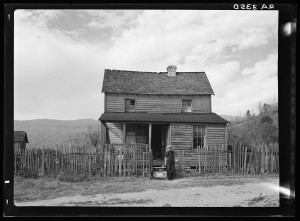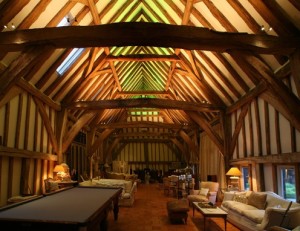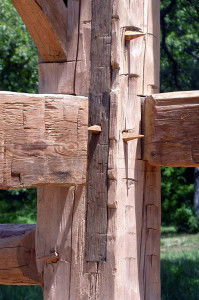A Writer’s Cabin
Noah Bradley2019-06-29T11:18:48+00:00I once had a well known writer ask me to build her “a little primitive shed where I can get away from the main house to collect my thoughts and do a little writing”.
And this is what I built.
And she loved it.
And we all lived happily ever after.
And no, I cannot tell you who she is. lol
One final thought of the day…
I am so thankful that so many unique individuals have come into my life, each wanting me to build them something special to meet their dreams. I’ve built barns, timber frames, silos, log cabins, stone homes, mills, and yes, sheds and outhouses. From two thousand dollars… to two million dollars.
All my projects share a common theme. They were all built to last a century or more, and they were all designed to look “as if they had always been there”.
Thanks to all for coming along.
Originally posted 2015-03-09 15:44:07.

